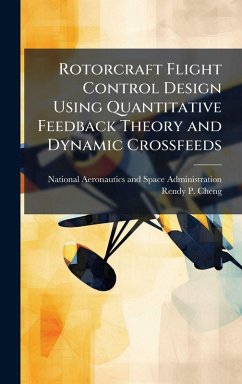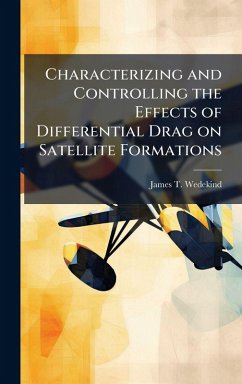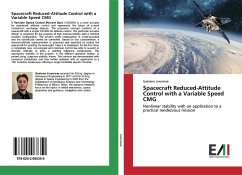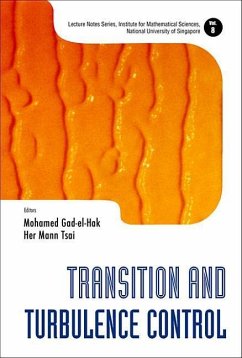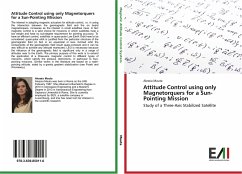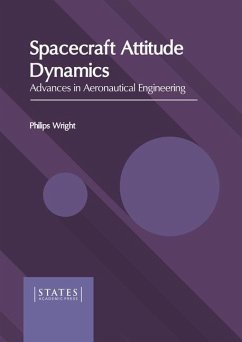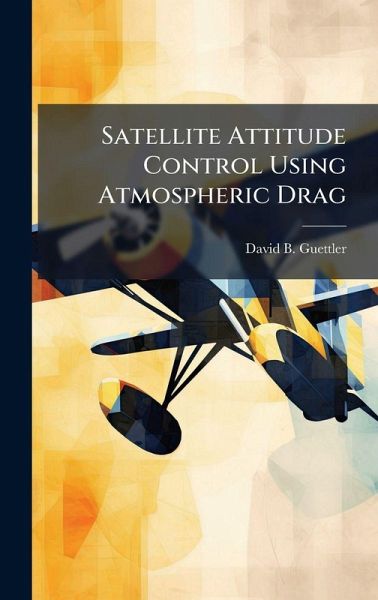
Satellite Attitude Control Using Atmospheric Drag
Versandkostenfrei!
Versandfertig in über 4 Wochen
29,99 €
inkl. MwSt.
Weitere Ausgaben:

PAYBACK Punkte
15 °P sammeln!
Attitude control is a requirement for most satellites. Many schemes have been devised over the years including control moment gyros, reaction wheels, spin stabi- lization and gravity gradient stabilization. For low Earth orbits, the Earth's atmo- sphere can have an affect on a satellite's orbit and attitude. Using the atmosphere to control spacecraft attitude has been researched in the past however very little re- search has been done using an active feedback control system to maintain spacecraft attitude. This research effort examines the feasibility of using the atmosphere to actively contro...
Attitude control is a requirement for most satellites. Many schemes have been devised over the years including control moment gyros, reaction wheels, spin stabi- lization and gravity gradient stabilization. For low Earth orbits, the Earth's atmo- sphere can have an affect on a satellite's orbit and attitude. Using the atmosphere to control spacecraft attitude has been researched in the past however very little re- search has been done using an active feedback control system to maintain spacecraft attitude. This research effort examines the feasibility of using the atmosphere to actively control a spacecraft's attitude using drag panels. Several variables affect the drag force, of which, projected area is the only variable that can be changed easily. Adding controllable drag panels to a satellite gives the ability to change the projected area as well as the location of the projected area. The result of manipulating the projected areas is a force that is not aligned with the center of gravity, resulting in an external torque on the spacecraft. Although these torques are very small, on the scale of micro-Newton meters and smaller, over time these torques can be used to change the spacecraft's attitude. A linear computer model was created using a proportional controller. This model was used to evaluate the effectiveness of using drag panels for attitude control. Results from the simulation show that the spacecraft can recover from disturbance torques that may cause a change in attitude very effectively especially at low altitudes (200-300km). This work has been selected by scholars as being culturally important, and is part of the knowledge base of civilization as we know it. This work was reproduced from the original artifact, and remains as true to the original work as possible. Therefore, you will see the original copyright references, library stamps (as most of these works have been housed in our most important libraries around the world), and other notations in the work. This work is in the public domain in the United States of America, and possibly other nations. Within the United States, you may freely copy and distribute this work, as no entity (individual or corporate) has a copyright on the body of the work. As a reproduction of a historical artifact, this work may contain missing or blurred pages, poor pictures, errant marks, etc. Scholars believe, and we concur, that this work is important enough to be preserved, reproduced, and made generally available to the public. We appreciate your support of the preservation process, and thank you for being an important part of keeping this knowledge alive and relevant.



